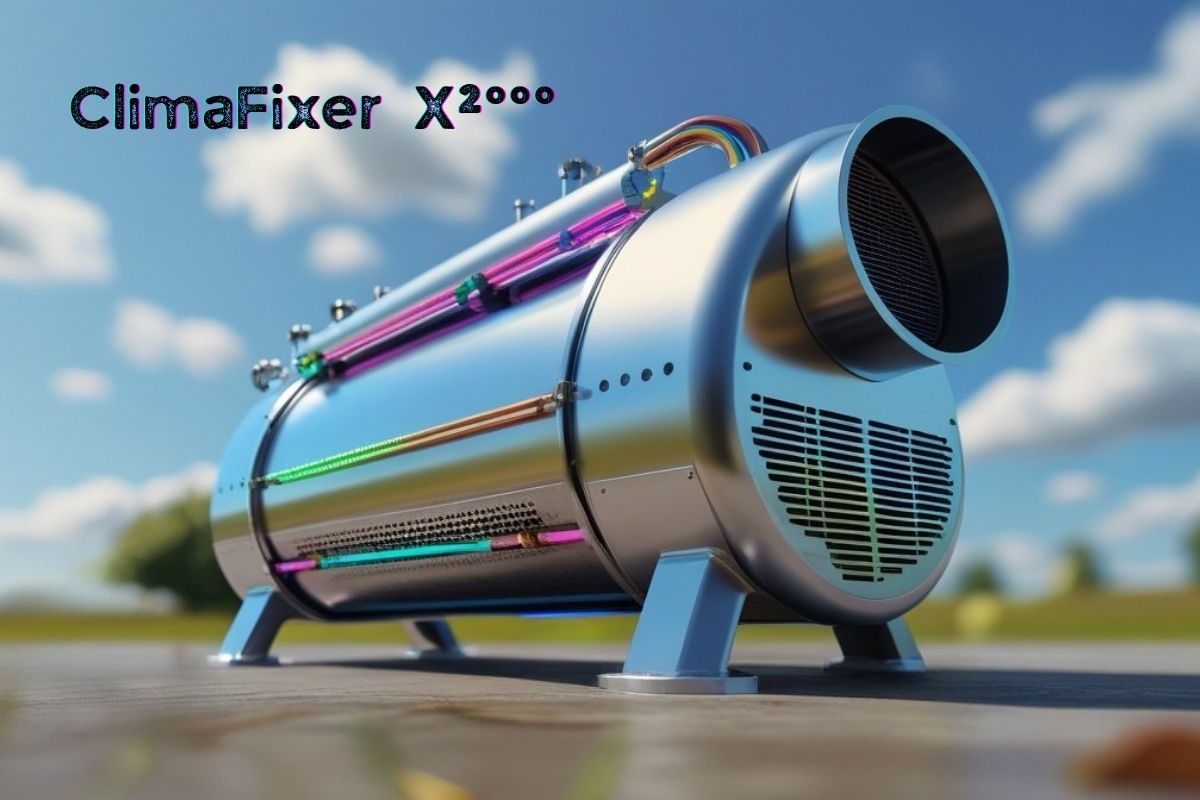– A Reality Check!
The Brutal Truth?!
The available “solutions” are mostly expensive pipe dreams with catastrophic side effects, given the gigantic scale of global emissions.
Shocking Global Figures 2024:
Global CO₂ emissions reached a new record of 41.6 billion tons in 2024.Fossil emissions rose by another 0.8% to 37.4 billion tons, plus 4.2 billion tons from land use changes. There is still no sign of a peak in fossil CO₂ emissions, even though we would need to reduce by 1.6 gigatons annually to reach net zero by 2050.
Ocean acidification is accelerating dramatically:
The global surface ocean pH dropped from 8.11 in 1985 to 8.04 in 2024—an 18% increase in acidity. Atmospheric CO₂ concentration reached 422.5 ppm, 50% higher than pre-industrial levels.
CCS Will Save the World?
CCS (Carbon Capture and Storage) sounds good, right?
CCS Reality Worldwide: Ridiculously Small Capacities vs. Gigantic Emissions
The sobering balance sheet of Carbon Capture Storage shows the full extent of the failure:
-
Only 50 CCS plants in operation worldwide (2024)
-
Another 44 under construction
-
Total capacity of all operating plants: 45 million tons of CO₂ per year
-
That’s just 0.1% of the global emissions of 41.6 billion tons
The numbers get even more depressing: 628 pipeline projects are planned—a 60% increase over the previous year. By 2030, plants with a capacity of 50 million tons are to be operational, with another 377 million tons in planning. That’s not even enough for 1% of current emissions.
The failure rate is alarming: According to IEEFA, three CCS projects have completely failed, and five more are massively underperforming. The Gorgon project in Australia achieved only 50% of its targets in the first five years and cost over $3 billion.
OK, But What About DAC?
(Direct Air Capture) CO₂ is removed directly from ambient air.
Reality: Tiny Drops in the Ocean
The reality of Direct Air Capture is even more sobering:
-
Only 130 DAC plants worldwide in various stages of development (2024)
-
Current total capacity: about 0.04 million tons of CO₂ per year
-
That’s 0.0001% of global emissions
Climeworks’ “Mammoth”—the world’s largest DAC plant—captures just 36,000 tons per year, equivalent to 2.4 seconds of global emissions. For 2030, a “boom” to 65 million tons is forecast—still only 0.16% of current global emissions.
The cost catastrophe remains: DAC still costs $1,000–$1,300 per ton. The global DAC market reached just $65.88 million in 2024—a joke compared to the trillions needed.
But There’s Also…
BECCS (Bioenergy with Carbon Capture and Storage):
A combination of biomass energy with CCS.
Limited Capacity with Enormous Land Hunger
Bioenergy with CO₂ storage is also marginal:
-
Current global capacity: 2 million tons of CO₂ per year (2024)
-
Planned capacity by 2030: 60 million tons
-
IPCC maximum: 5 billion tons—but this would require one-sixth of the world’s agricultural land
Even with optimistic implementation of all BECCS projects, only 12% of global emissions could be captured.
Marine Geoengineering: Dangerous Small-Scale Experiments
Ocean-based “solutions” are even more experimental:
-
Ocean Alkalinity Enhancement: Google and Carbon to Sea are only funding modeling studies
-
First commercial pilot projects: minimal capacities in the thousand-ton range
-
The International Maritime Organization (IMO) warns of “large-scale and significant impacts and risks for marine ecosystems”
The Brutal Math: Why Nothing Works
To store 41.6 billion tons of CO₂ per year, we would need:
-
920 times the current CCS capacity
-
1,000,000 times the current DAC capacity
-
Conversion of one-sixth of the world’s agricultural land for BECCS
The costs are astronomical: At just €100 per ton, that’s €4.16 trillion per year—more than Germany’s entire GDP. For Europe alone, the cost of all 200 planned CCS projects is estimated at €520 billion, of which €140 billion would be paid by taxpayers.

The Ocean Catastrophe Accelerates
While we fantasize about technical solutions, the ecosystem is collapsing:
-
pH dropped by 0.07 points in 40 years—an 18% increase in acidity
-
The acidification rate has doubled in the last 20 years
-
The oceans are now more acidic than at any time in the last 20 million years
-
90% of excess heat is absorbed by the oceans
Regional Differences: Who’s Doing What?
Europe leads in self-delusion:
-
200 planned CCS projects costing €520 billion
-
€140 billion in taxpayer money for a technology with a 90% failure rate
The USA bets on DAC fantasies:
-
$3.5 billion for two DAC hubs with 2 million tons capacity
-
That’s 0.005% of global emissions
China and India: Emissions continue to rise (+0.2% and +4.6%), while only marginal CCS projects are started.
Why These “Solutions” Are a Bad Joke:
-
Gigantic Scale Without Reality Check
Global CCS capacity would need to grow by a factor of 1,000. That means building thousands of new plants at an unprecedented pace—physically impossible. -
90% Failure Rate
88% of all CCS projects fail. The few functioning plants achieve only fractions of their targets. -
Unpayable Costs
€4.16 trillion per year exceeds any realistic financial feasibility. That’s more than the entire EU GDP. -
Too Slow for the Climate Crisis
The build-out would take decades, but emissions are rising faster than storage capacity. -
Energy Paradox
DAC plants consume 1.4% of Germany’s electricity for just 20 million tons. For 41.6 billion tons globally, the energy demand would be astronomical.
International Regulation: Finally Some Realism
The International Maritime Organization (IMO) is considering stricter regulation of marine geoengineering techniques. The reason: “Significant doubts about effectiveness” and massive risks for marine ecosystems.
The Brutal Truth: Damage Control, Not Healing
It’s no longer about healing, but about damage control. The available technical “solutions” are:
-
Experimental and risky—90% failure rate speaks for itself
-
Only minimally effective—0.1% of emissions at best
-
Extremely expensive and complex—trillions for marginal effects
-
Possibly more harmful than helpful—including ecosystem collapse
Conclusion: The Math Is Relentless
The global numbers are a slap in the face for every techno-optimist:
-
All CO₂ storage technologies combined achieve less than 0.2% of global emissions
-
Scaling up by a factor of 1,000 would take decades and cost trillions
-
Emissions are rising faster than storage capacity
The only honest answer: Instead of storing 41.6 billion tons, we must stop emissions at the source. Technology is, at best, an expensive fig leaf for unavoidable processes—not the solution to humanity’s failure in climate protection.
Francesco del Orbe, Guardian of the Earth, says it as it is: The numbers don’t lie—we have already lost the Earth while dreaming of technical miracles that will never work.
Author: Francesco del Orbe


